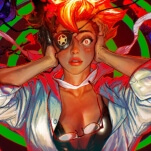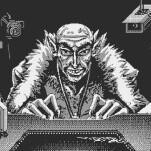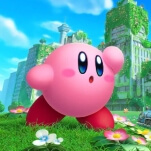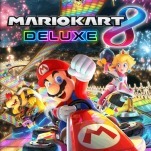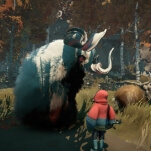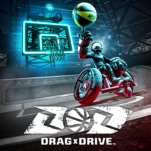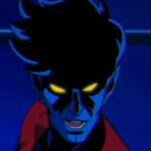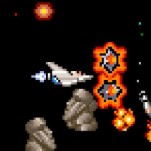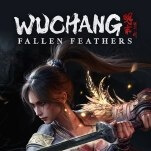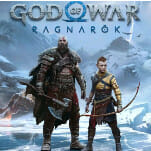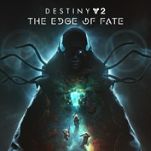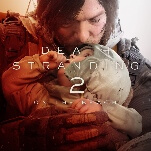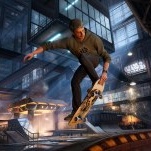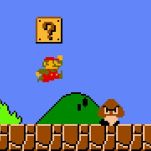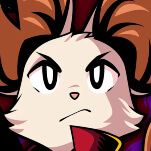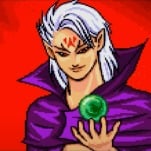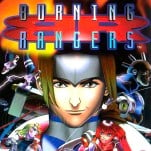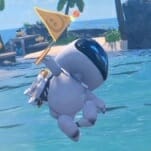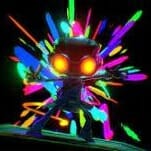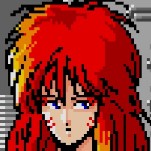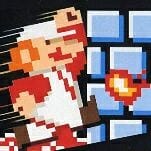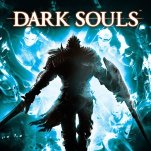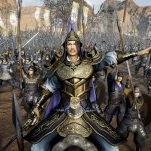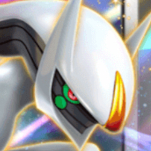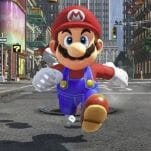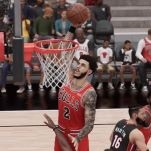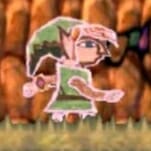Multiversus Vs. Smash: How the Newest Platform Fighter Fares Against Nintendo’s Classic
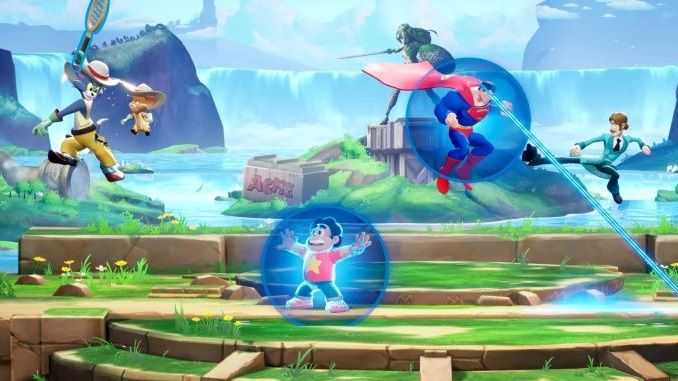
Like just about every platform fighting game before it, Warner Brothers’ Multiversus has received a number of comparisons to Super Smash Bros. Beyond its core mechanics, the very idea of a crossover party fighting game suggests Smash. While it does feature a very similar gameplay loop, centered around damaging your opponents and then knocking them out of a ring, Multiversus is its own game. That being said, there are some core mechanics and ideas across most games in the genre that you will find in Multiversus.
With the benefit of years playing Smash competitively, I’ve spent some time looking into what’s stood out to me about Multiversus. Here are five of the biggest differences and five of the most surprising similarities between Multiversus and Smash.
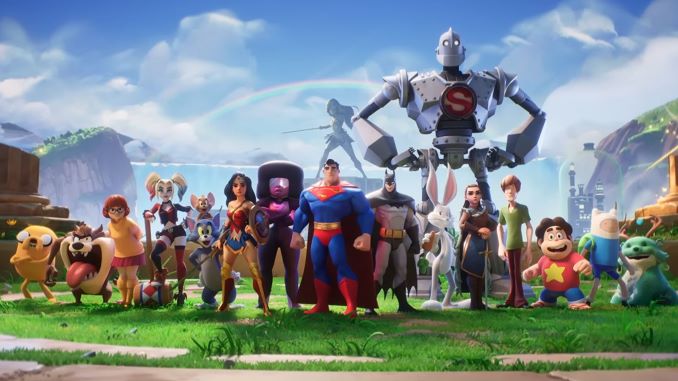
Difference #1: There’s no shielding or grabbing
You might be surprised to hear that Smash is one of the few platform fighters out there that has a shield of some kind. While some, like the upcoming Fraymakers, do feature the ability to block, most do not. Instead of a block or shield, Multiversus only has dodges. Fans of Smash might also be surprised that there’s no grabbing—at least not the way that normal grabs work in a fighting game. Instead, select characters like Superman have special moves that allow them to grab their opponents.
Difference #2: Aerial attacks
When you use an aerial attack (one of the five separate moves tied to normal attacks in the air) in Smash, your move will be canceled the moment your character lands and you’ll be unable to do anything for a few frames. This is called landing lag. In Multiversus, instead of stopping a move once your character touches the ground or a platform, your character’s attack will continue in full until the move is no longer active (or until you’re hit out of the animation), and then you’ll land without any lag.
Difference #3: Perks
In the previous Smash games for Wii U and 3DS, special modes allowed you to add upgrades to a character’s ability. Otherwise, what you see is what you get in Smash. Multiversus, on the other hand, takes an approach that’d be more recognizable to MOBA and FPS players with its character power-up systems. Some perks might add extra frames of invincibility or extra damage to an attack, while others might reduce vertical knockback or restore some health on landing a hit with a projectile. There are also character specific perks that can modify specific aspects of their kit.
Difference #4: Recovering
In Smash, the ability to grab onto the ledge of a stage after being launched off makes recovering much easier—and safer. Grabbing onto the ledge (the first time) grants you varying degrees of invulnerability throughout the franchise. In Multiversus, not only are you fully vulnerable while recovering, but you aren’t guaranteed the safety of the ledge. Instead, you’ll need to jump up the wall of the stage, use aerial jumps, air dodges and well-timed special moves to get back while avoiding being knocked out of the ring by an opponent.
-

-

-

-

-

-

-

-

-

-

-

-

-

-

-

-

-

-

-

-

-

-

-

-

-

-

-

-

-

-

-

-

-

-

-

-

-

-

-

-

